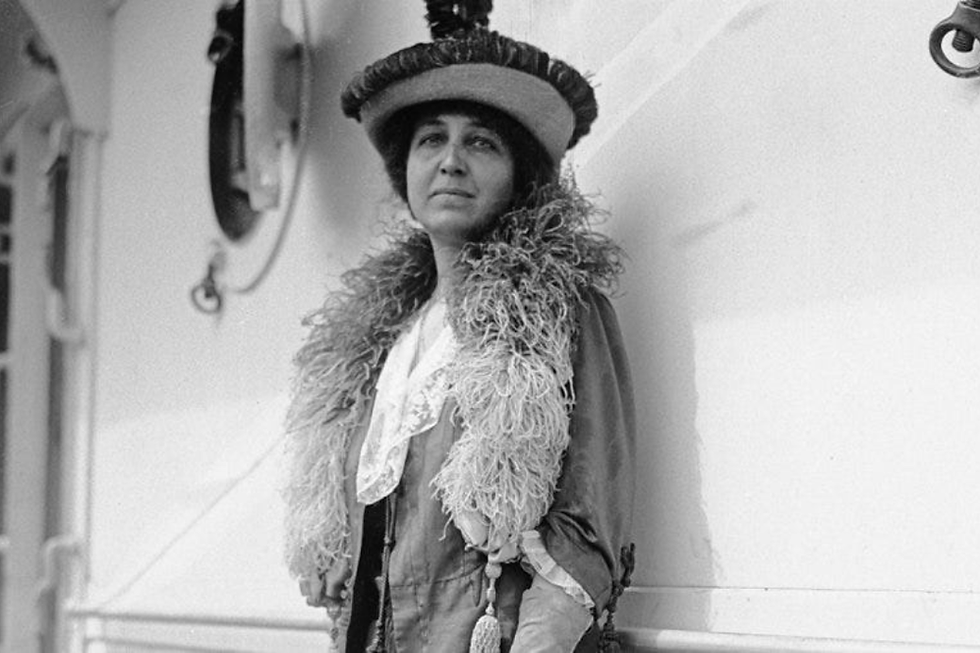Without a Woman: The Mother of the Modern Aquarium
- iWomanTV

- May 8
- 2 min read
In a world where glass walls now frame the mysteries of the deep for scientists and casual observers alike, it’s easy to forget that once, the idea of watching sea creatures in their natural behavior was impossible. That is, until a woman changed everything.
Meet Jeanne Villepreux-Power: embroiderer, explorer, naturalist, and the mother of the modern aquarium.
Born in 1794 in the small French town of Juillac, Jeanne Villepreux started life in modest circumstances as the daughter of a shoemaker. At 18, she moved to Paris and began work as a dressmaker’s assistant. After making a wedding gown for Princess Caroline, she was introduced to Englishman James Power. They married and moved to Sicily, where Jeanna taught herself the sciences including geology and archaeology. But what really caught her attention was marine life. Particularly, a mysterious cephalopod that resembled an octopus with a delicate shell: the paper nautilus.
This creature had baffled scientists for centuries. Some believed it stole its shell like a hermit crab. Others, thought it secreted its own. To solve the mystery, Jeanne figured she needed to observe live specimens. So, she did something no one had done before: she invented the aquarium.
She created the first glass aquarium in 1832, designed specifically for scientific study, followed by more advanced versions that could be submerged in the sea or lowered to different depths. With these pioneering tools, she made her most famous discovery: the female argonaut secretes its own shell, debunking a theory that dated back to Aristotle.
She also hypothesized about the tiny "organisms" in the shell with the egg mass, suggesting they were males. She was close, with later research confirming they were actually the males’ reproductive organs, detached during mating. Even in her errors, Jeanne was astonishingly ahead of her time.
Between 1832 and 1843, Villepreux-Power published significant scientific works but tragically, during a move to Paris and London, a ship carrying much of her life's work sank. While she continued to write, she never returned to active scientific research.
Despite this loss, Jeanne Villepreux-Power was celebrated by her peers. She was elected to more than a dozen scientific academies, including the prestigious London Zoological Society. In 1858, renowned paleontologist Richard Owen dubbed her the "mother of aquariophily."
Without Jeanne Villepreux-Power, we might still be fumbling to understand the behaviors of marine life or perhaps never have had the chance to observe them so closely. Her invention of the aquarium didn’t just serve science; it democratized the ocean. Today, aquariums around the world educate, inspire, and connect us with the aquatic world. None of that would exist without her ingenuity, passion, and resilience.
So next time you stand in awe of an octopus curling its arms behind the glass, remember the woman who made that moment possible. Because of Jeanne Villepreux-Power, we don’t just imagine life under the sea, we witness it.



Comments